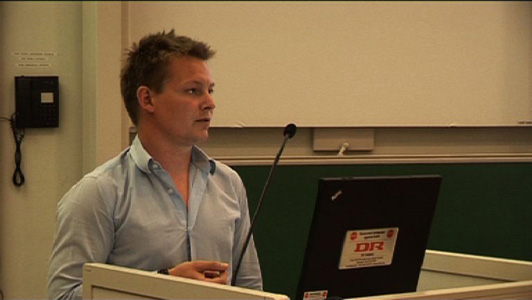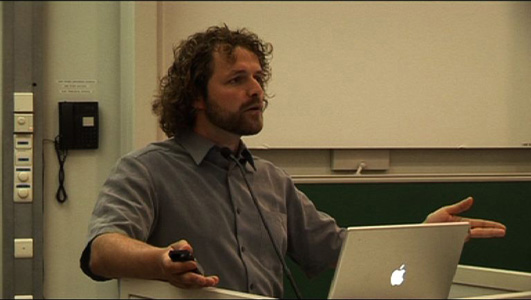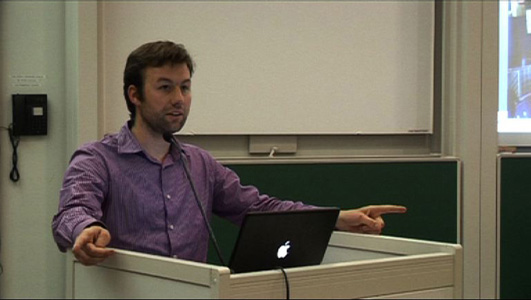
Documentation of a little ‘workshop’ in the context of BOM-Vl, one of the projects I’m currently working on. Titled ‘Towards Open and Dynamic Archives’ it was held on 10 June in Brussels. More info in an earlier post.
“The traditional functioning of audiovisual archives is being completely reshaped by today’s technological advancements. The expansion of fast broadband networks and the availability of software, hardware and recording equipment have broken down the barriers to the production and distribution of audiovisual content. Large quantities of multimedia materials are flowing on the Internet and into the archives every day, and all over the world ambitious projects are set up to digitalise heritage collections. Moreover, media start to look more collective and inclusive: the ubiquitous “Web 2.0″ discourse promises new levels of participatory culture in which all users are producers, sharing, appropriating and remixing content, overcoming the old regime of top-down broadcast media. Blogs, wikis, social networks and “user-generated-content” tools are presented as the new wave of voluntary alliances that users seek online. Even the traditional media are swept away into the hype: the BBC designated 2005 as the “Year of the Digital Citizen”, in 2006 Time magazine chose “You” as the as its esteemed Person of the Year.
These new socio-technological dynamics are generating many challenges, as well as opportunities for the use and exploitation of audiovisual archives, to the potential advantage of various user groups, in the cultural, educational and the broadcasting sectors, and for the general public. How do audiovisual heritage institutions and broadcasters deal with these new social and economical paradigms? How can sustainable online archives be generated, taking into account the relentless instability of digital technology and the Internet, and the stranglehold of the corporate regimes of monopoly that call themselves copyright and intellectual property? How to create meaning and value within the abundance of “free” content and build vital contexts for exploration, participation and education? What are the potentials and limitations of user-generated tagging and folksonomy systems to improve description and searchability? How to respond to changing forms of labour, knowledge and value, triggered in part by sociable web media? Which strategies can be used to address the challenge of legitimating content produced within an interactive and participatory media ecology? How can we embrace the potential of network culture and create truly open and dynamic archives where reception, interpretation and creation encounter one another?”
Introduction by Stoffel Debuysere

Paul Gerhardt (Archives for Creativity, GB)

Tobias Golodnoff (DR / Dansk Kulturarv, Denmark)

Marius Arnesen (NRK Media, Norway)

Geert Wissink (Kennisland / Images of the Future, Netherlands)

Johan Oomen (Dutch Institute for Image and Sound / Images of the Future, Netherlands)

(Image on top is part of the Opte project, focused on generating static and dynamic 2D images and 3D VRML maps of the Internet. More data visualisation tools and projects via Visual Complexity)